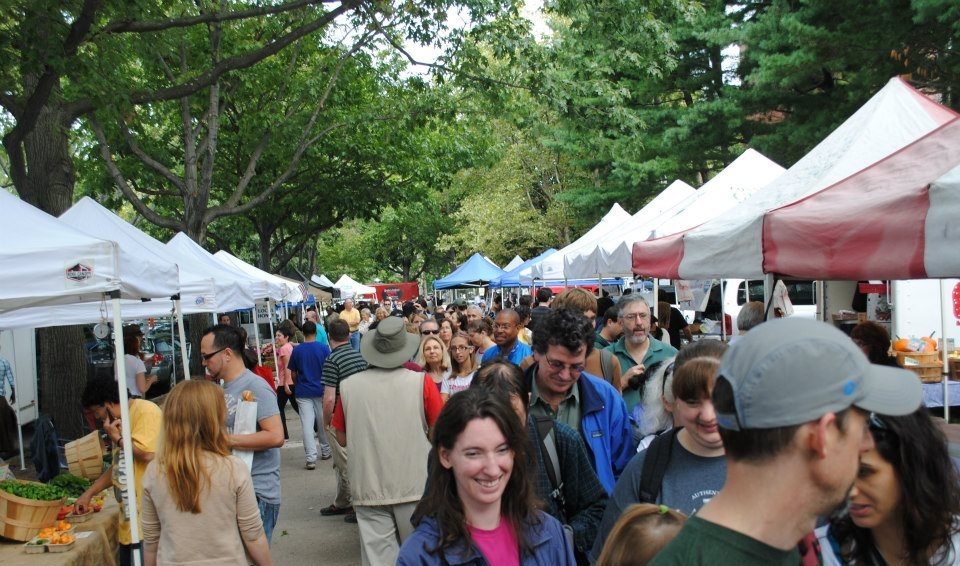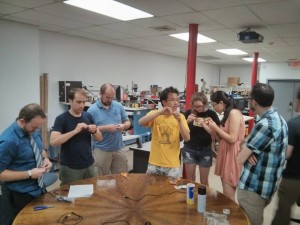No surprise that the report published by Endeavor, a unique global entrepreneur support system, points to the availability of talent as the number one factor that guides where fast growing companies locate their businesses. Ultimately they choose that place for personal reasons, often, and end up staying to build their companies. I would imagine many were originally also employed by other innovation companies, and once settled, stuck around. http://www.endeavor.org/blog/endeavor-insight-report-reveals-the-top-qualities-that-entrepreneurs-look-for-in-a-city/ issuu.com/endeavorglobal1
They did mention/imply that great places are the thing that retains great talent–and investments in places that support talent will benefit people directly, and then indirectly (as new wealth is created) will boost the retention of talented individuals. This is supported by the growth in popularity of cities that have invested in education, public parks, arts & culture and other quality of life measures.
What the report points to, as more valuable than any other infrastructure for business growth, is connectivity–access to infrastructure like airports and highways. These features keep businesses and talents connected to other markets (for customers/services, as well as more talent), but more importantly provide easier accessibility to building relationships with additional professional and business networks/suppliers further expanding a company’s potential for development and growth. The influx/outflux of residents/talent, perspectives, experience and points of view are key to the innovation economy–this ‘churn’ and mixing are important ingredients to innovation–allowing fresh ideas in and out of a localized system.
What they didn’t mention, but could be identified as great place features: collaborative spaces.
http://www.theatlanticcities.com/jobs-and-economy/2014/02/what-cities-really-need-attract-entrepreneurs-according-entrepreneurs/8349/


